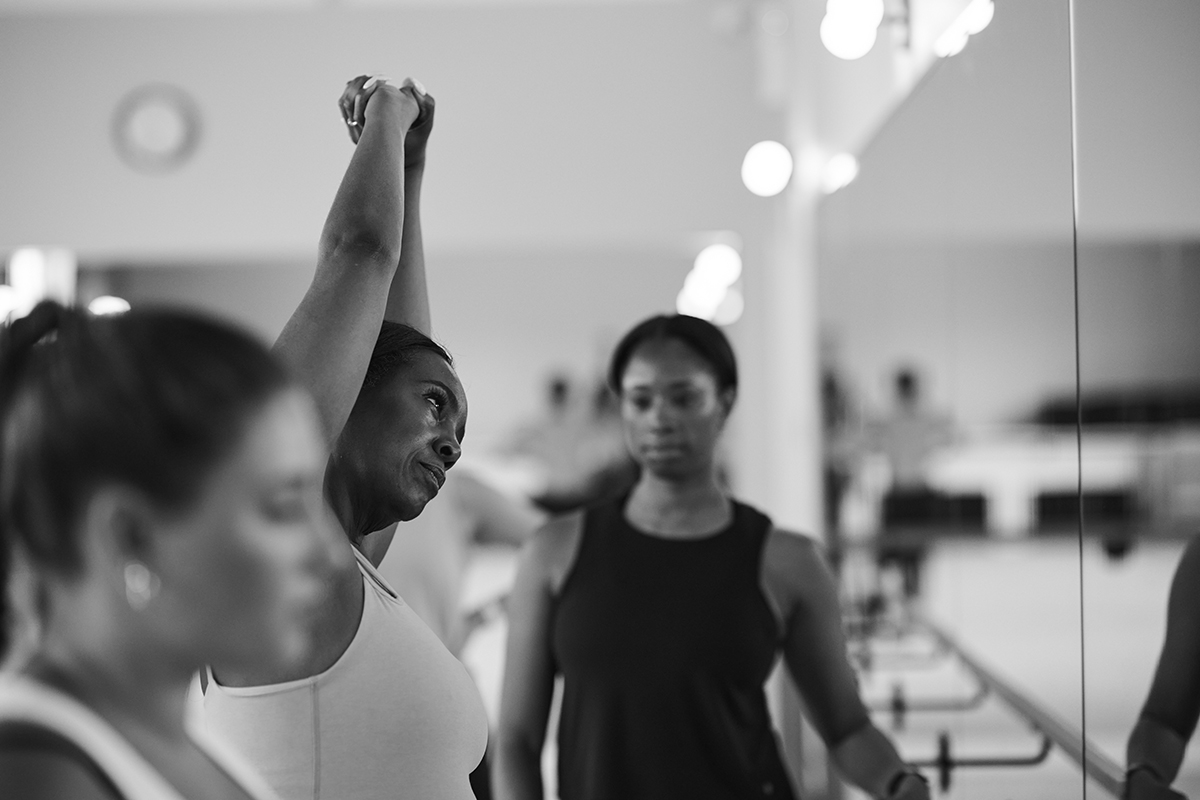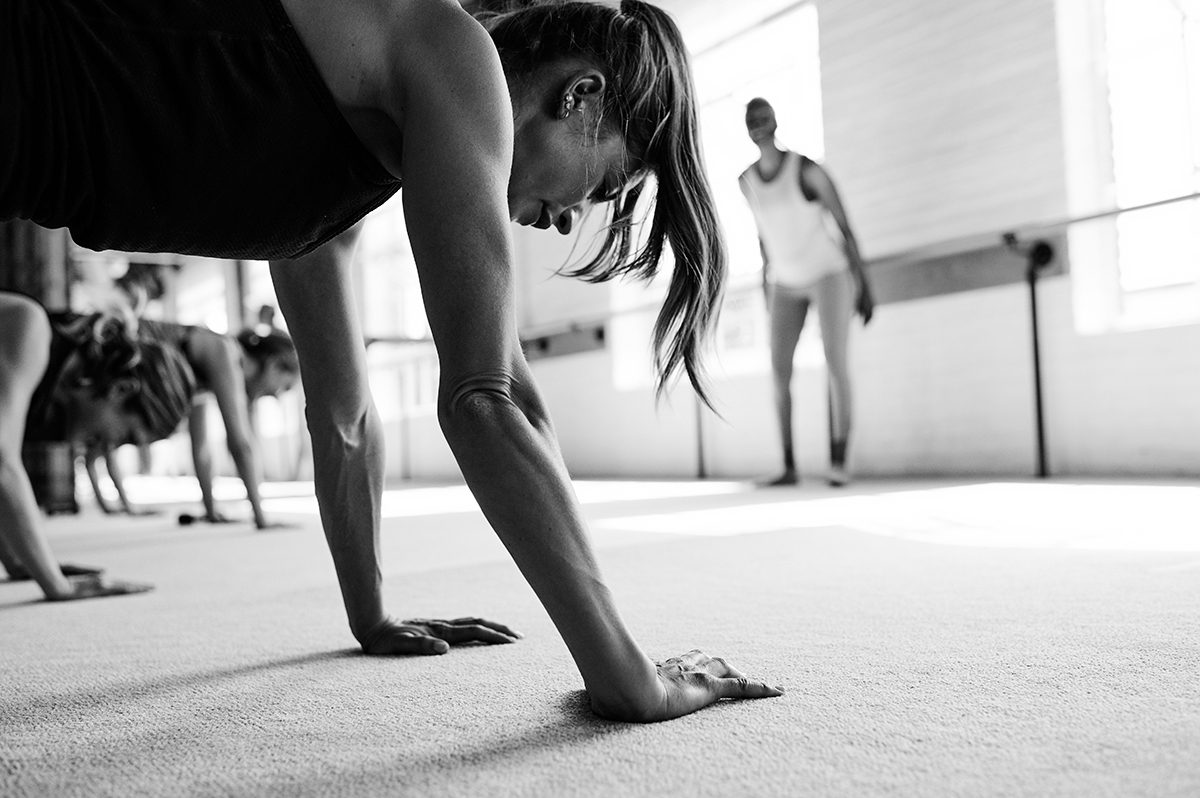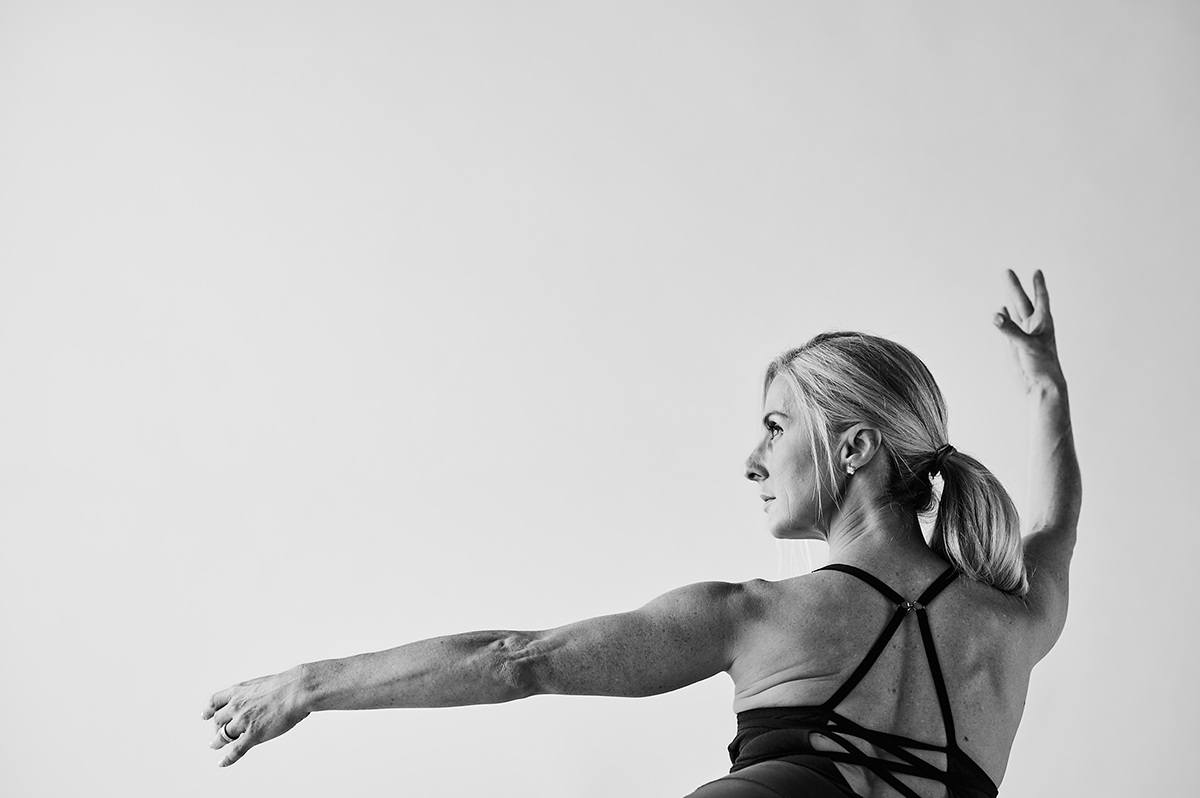New clients! For a limited time, Get 13 Classes for $78 (only $6 per class)
How The Bar Method Makes You More Flexible
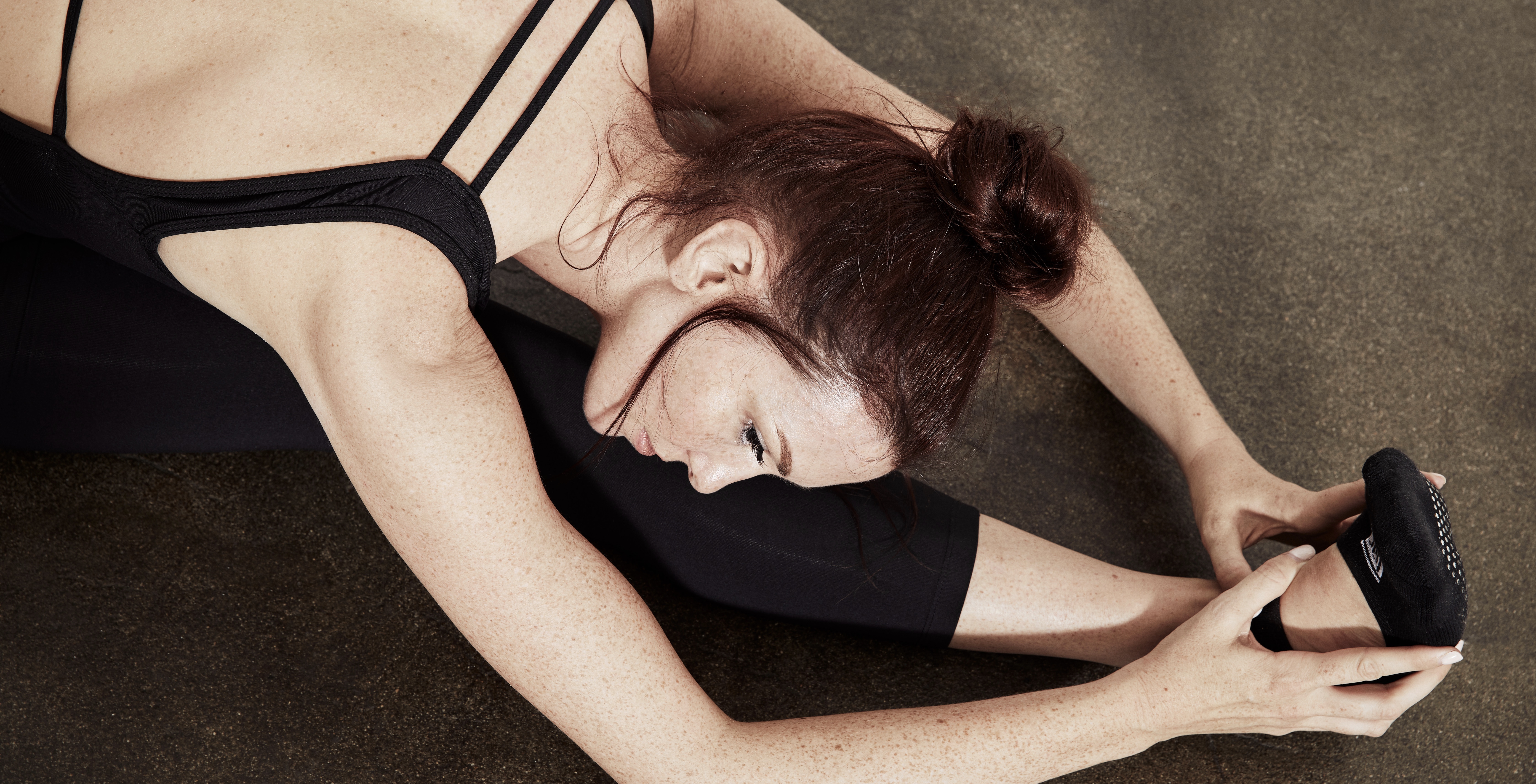
Say the name Burr Leonard to a long-time Bar Method client and they will probably give you major heart eyes. Burr Leonard is the fearless woman you can thank for creating the workout we know and love. After being introduced and falling in love with the Lotte Berk method, Burr reworked the exercises with physical therapists to make them safer on the joints, creating the workout we now know as The Bar Method. Today, we get to hear from Burr herself on how The Bar Method makes you more flexible. Let’s see what she has to say:
No doubt about it. Life tightens your muscles. Walking and jogging tighten your hamstrings by repeatedly contracting them. Sitting for long hours holds your hip-flexors in a shortened position. Lack of movement and wearing high heels tend to stiffen your back and ankles. If your goal is to become more flexible, life is not making it easy!
A good stretch class like The Bar Method can reverse life’s tightening effect. Wait a second, The Bar Method is a stretch class?! Yes, and it is the best one I know. Years ago, Bar Method classes enabled me to achieve a full split after years of trying unsuccessfully in yoga classes. The Bar Method’s strength exercises are, in fact, just what make it so effective at increasing flexibility. The strength work warms up and exhausts muscles right before you stretch them, thereby preparing them to release more deeply.
Here are more ways that The Bar Method classes makes you more flexible:

We prioritize safety
Over-doing a stretch or performing it in bad alignment is dangerous. It triggers an autonomic contraction that protects the muscle and its underlying ligaments and joints. To make sure you stretch safely, The Bar Method follows the guidelines of physical therapists on stretching in good alignment, and it limits its stretches to 15 seconds, which is the recommendation of exercise physiologists for how long to hold a stretch in order for a muscle to begin to relax and lengthen.

We use a variety of stretch techniques
The Bar Method uses three kinds of stretches, each of which play a unique role in making you more flexible.
- The first is passive stretching. You perform a passive stretch when you use a force other than the body part itself to do the work of stretching, such as a ballet barre, the floor, or your hand (for example, during “standing quad stretch”).
- The second type of stretch is active stretching. Experts say that it is the most effective way to increase flexibility. You do an active stretch when you contract the muscles on the opposite side of a limb or your torso. When you are strengthening a muscle group during a Bar Method class, you are also sometimes actively stretching the muscles on the opposite side. Two examples of Bar Method active stretches are: “seat-work” (stretches your quads and hips) and “round-back” with both hands pressed up under the bar (stretches your hamstrings and glutes).
- I will call the third stretch technique “contract/release.” (It has a long scientific name, “proprioceptive neuromuscular facilitation” or “PNF” if you’re interested). This type of stretch typically has you alternating between passive and active stretches, for instance during round-back and curl.
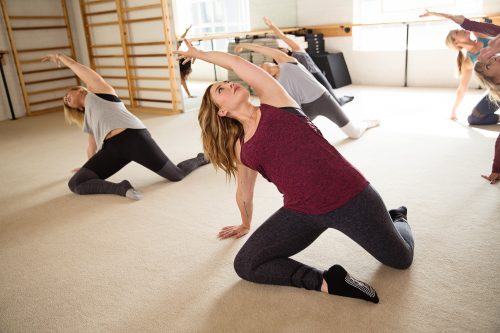
We stretch throughout the entire class
Last but not least, The Bar Method workout gives you many chances throughout the class to stretch each muscle group. Muscles don’t release all at once. They require repeated stretches as they become increasingly warmer and more exhausted in order to fully relax and extend. By the end of a Bar Method class, you will have performed, among other stretches, 10 to 11 hamstring stretches and 9 to 10 hip and quad stretches, enough to make a significant difference in your flexibility!
Start your journey to a stronger, more flexible you and book a class with The Bar Method today!
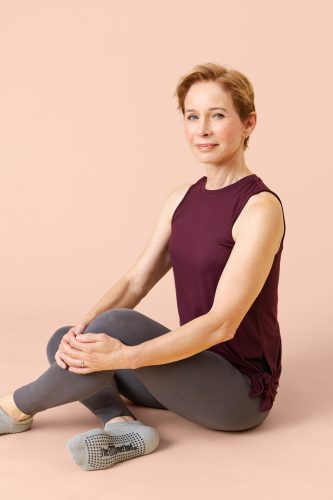
Author & Founder of The Bar Method, Burr Leonard

